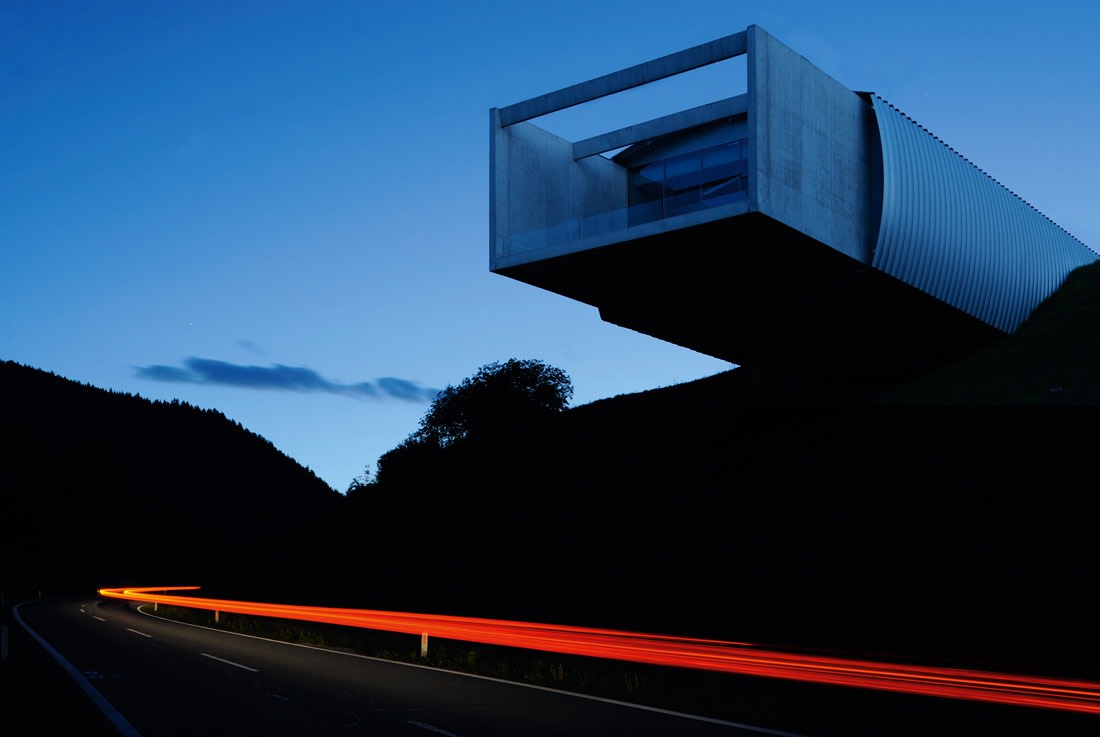Biography
Ludwig Wilding studied at the Academy of Mainz (Germany). From 1952 to 1954, he worked in Willi Baumeister's studio. In 1961, he joined the group "Nouvelle Tendance". It was from the 1960s that he abandoned painting to conduct work on the phenomena of visual perception in art. During a stay in Paris, he realizes that his art must be distinguished from current trends to emerge on the art scene. He then focuses on the line to make it his strength of expression and the starting point of all his research. From then on, he only works as an autodidact without example or model and only in black and white.
The use of silkscreen and industrial materials reflects his desire to integrate fully into the modern world. Continuing his work on the line, he sets up unpredictable structures that give an impression of depth and become what he will call stereoscopic images. Then, he devotes himself to trompe l'oeil perspectives or redesigned perspectives, and to the modification of the forms by the spectator's movement in front of the work. Throughout his career, the link he wants to create with the public is essential. The interaction between the object and the observer affirms his idea of the democratization of art: the viewer makes the image alive by contemplating it.
In 1965, he participated in the exhibition "The Responsive Eye" at MOMA in New York with Victor Vasarely and Josef Albers, a defining event for artists of the kinetic current. In 2007, he exhibited at the Schirn Kunsthalle in Frankfurt on Op'art. The exhibition is then presented at the Columbus Museum of Art (Ohio) the same year. Also in 2007, a monographic exhibition is organized at the Atlas Sztuki Foundation in Lodz, Poland. In 2011, the "Museum for Konkrete Kunst und Design" in Ingolstadt (Germany) will organize a major retrospective.
Works
Exhibitions
Off-Site





